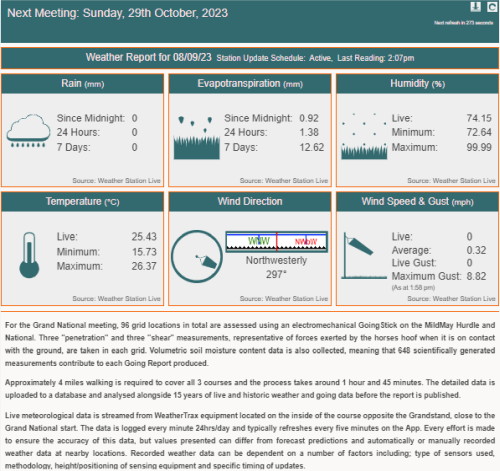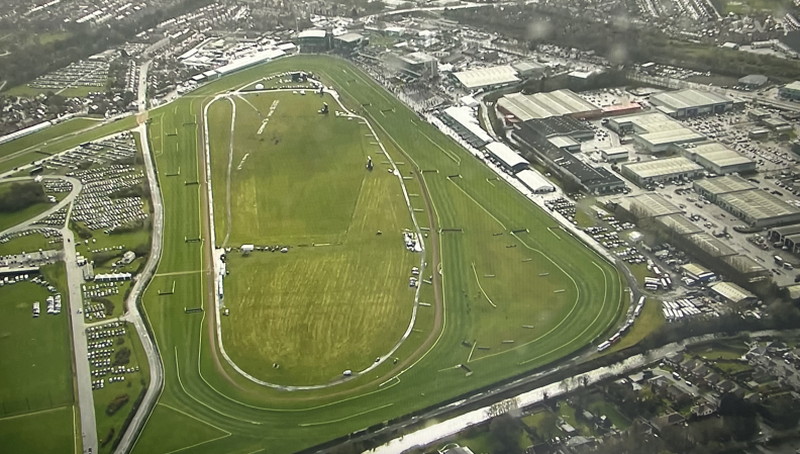Why Do Jockeys Rarely Walk The Course Now In The UK?
In years gone by, one of the most common sights you would see at a race meeting before the action began was jockeys walking the course. They wouldn’t always walk it all but would take a look at the key areas and work out their tactics for later that day.
We would often see a difference in opinion due to this, whether it was jockeys choosing different sides of the track to go down, avoiding certain areas and putting their mounts on ground they believed was the very best on offer. Again, this is something we don’t see a lot of now.
But what is the reason for that? The simple answer is that we have too much information available for jockeys, and the going reports done by those in charge of a racetrack are now in-depth and trusted.

The Daily Going Report
For every race meeting that takes place in the UK, from standard smaller meetings right up to big meetings such as the Grand National, there is a going report produced. This is made public by the course, so everyone can see the official going, whether you are a punter, jockey, owner, trainer or anyone with an interest.
The key isn’t that these have been created, as they have always been in place. The difference we’ve seen recently, and what has made jockeys stop walking the course as often, is the fact that these are now far more in-depth.
In the past, these going reports would have contained only the most basic of information, simply giving the going, for example, good to soft.
But now we see something completely different. The going is given as above, but we also see going reports for specific parts of the course, shown on a course map with a coloured key to show what the going is on each part of the course. We also get to see going stick readings too, which further emphasise the difference in going on each part of the track. This is something that jockeys used to find out themselves, they had no choice, but now they do get that, so they no longer need to walk around and find the differences.

Jockey Tactics
The second element of walking the track was to work out which parts of the track were riding the best. This was something that many jockeys would try and keep to themselves in order to gain an advantage, but now, for many courses, this knowledge is common, even for punters, so you can be sure that jockeys know each track like the back of their hand.
For example, jockeys would have walked the track in the past in order to see which side was best to come up on the run in. However, now it’s common knowledge where to head if it’s wet and what the normal line is when the ground is good or better.
It is this reason why we see little deviation between what jockeys choose to do because they are no longer relying on their own opinion about where to head. For some jockeys, they may even be instructed where to go on the track by owners or trainers because they will have more information than some inexperienced jockeys.
Jockeys also talk a lot more amongst themselves before a race. In the past, many would have tried to keep their tactics a secret, but now, jockeys are happy to share information about who wants to lead in a race and which way they are going to head if choosing to go to a particular side due to the weather.

Will We Ever See Jockeys Walk The Course Again?
It is doubtful that walking the course will ever become a big part of a jockey’s routine anymore, and the simple reason for that is the information that is on offer. We are now at a stage where jockeys don’t need to walk the course because they can get all the information they need from the clerk of the course, who has to provide the going description to the public.
Given how technology continues to advance, and the going report grows as a result of that, it seems likely that, if anything, even more information will be available in the future, making it even less likely that someone would want to walk the course.
